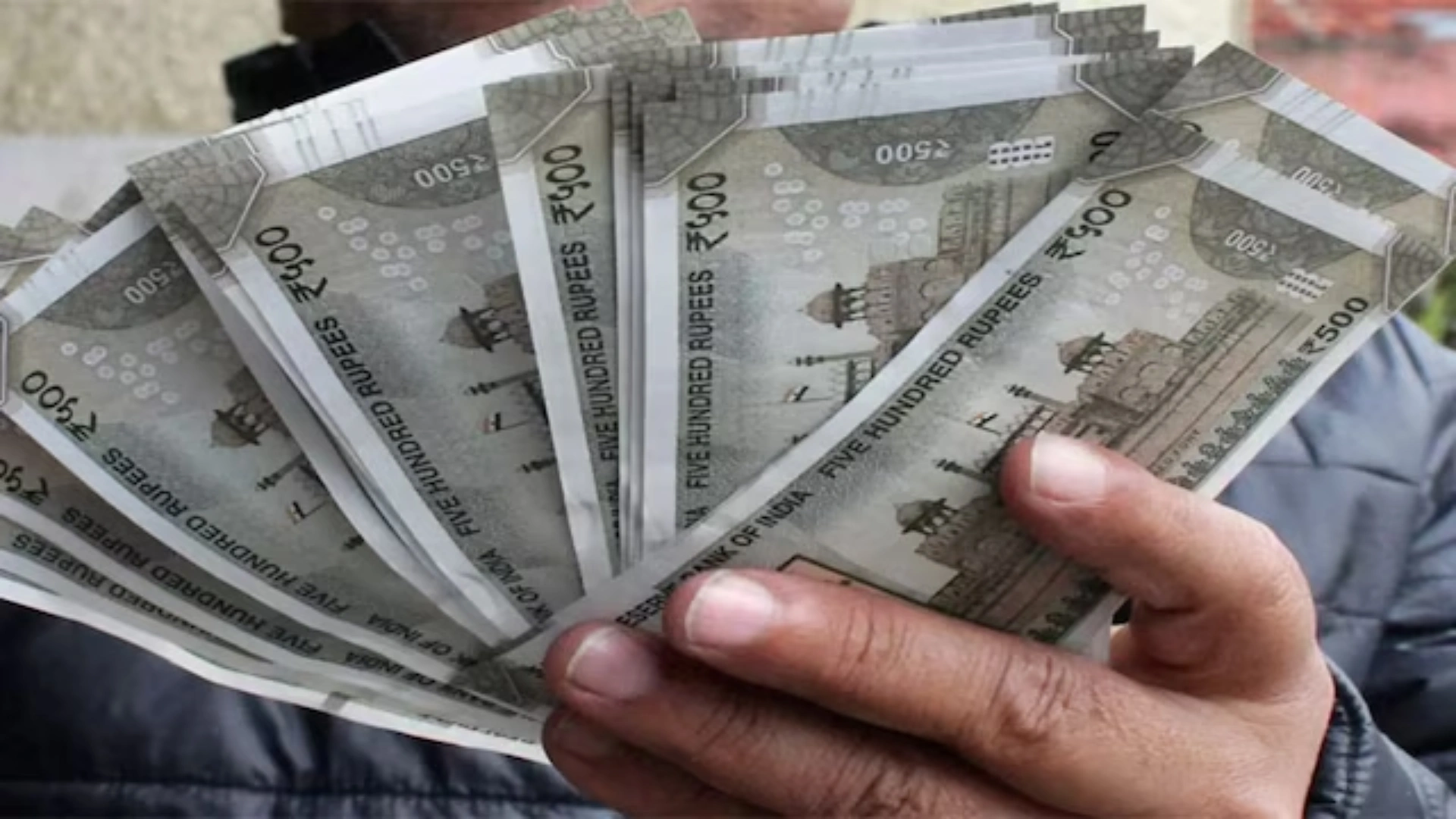The Ministry of Finance has announced its borrowing plan for the first half (H1) of the financial year 2025-26 (FY26). The government plans to borrow ₹8 lakh crore during this period, which amounts to 54% of the total estimated market borrowing of ₹14.82 lakh crore for the entire year.
Borrowing to Support Financial Needs
Borrowing is a key part of the government’s financial strategy. It helps the government meet its expenses, fund development projects, and manage fiscal deficits. The money raised will be used for various purposes, including infrastructure projects, welfare schemes, and day-to-day financial operations.
Focus on Green Projects: Sovereign Green Bonds (SGrBs)
Out of the total ₹8 lakh crore, ₹10,000 crore will be raised through Sovereign Green Bonds (SGrBs). These bonds are specifically meant to fund environmentally friendly and sustainable projects, like renewable energy, clean transportation, and water conservation.
Borrowing Details and Auction Plan
The borrowing will be conducted through 26 weekly auctions. During these auctions, the government will issue securities (also called government bonds) with different maturity periods ranging from 3 to 50 years. This means some bonds will be repaid after 3 years, while others will mature after 50 years. This strategy helps balance short-term and long-term borrowing.
Breakdown of Borrowing by Maturity
The government has divided the borrowing into different timeframes. The percentage share of bonds based on their maturity is as follows:
- 3-year bonds: 5.3% of the total borrowing
- 5-year bonds: 11.3%
- 7-year bonds: 8.2%
- 10-year bonds: 26.2%
- 15-year bonds: 14%
- 30-year bonds: 10.5%
- 40-year bonds: 14%
- 50-year bonds: 10.5%
By spreading the borrowing across various maturity periods, the government aims to reduce the risk of having to repay large amounts all at once in the future.
Managing Debt Efficiently
To manage debt repayment smoothly, the government will buy back or switch existing securities. This means it will replace old bonds nearing maturity with new ones, which helps avoid large repayments in a short period. If there is high demand during any auction, the government has also kept the option to raise an additional ₹2,000 crore per security.
Treasury Bills (T-Bills) for Short-Term Borrowing
In addition to long-term borrowing, the government will issue Treasury Bills (T-Bills) to manage short-term funding needs. These are short-duration instruments, and the government plans to raise ₹19,000 crore weekly in the first quarter (Q1) of FY26 through the following:
- 91-day T-Bills: ₹9,000 crore
- 182-day T-Bills: ₹5,000 crore
- 364-day T-Bills: ₹5,000 crore
Ways and Means Advances (WMA) for Cash Flow Needs
To handle temporary cash flow mismatches, the Reserve Bank of India (RBI) has set a Ways and Means Advances (WMA) limit of ₹1.50 lakh crore for the first half of FY26. WMA is like a short-term loan from the RBI to the government, helping it meet urgent financial needs without disrupting regular operations.
Conclusion
The government’s borrowing plan for the first half of FY26 is designed to ensure smooth cash flow, manage debt efficiently, and support both short-term and long-term financial needs. With a focus on sustainability through green bonds and a balanced approach to repayment, the plan aims to keep the country’s fiscal health on track while funding essential development projects.

